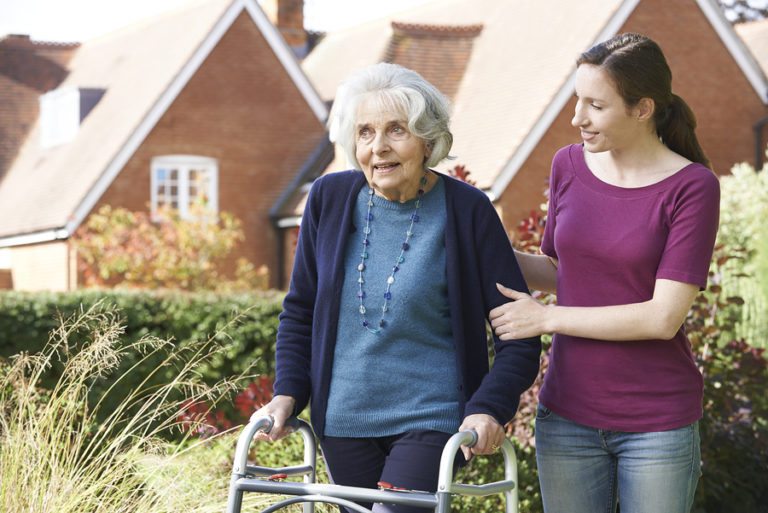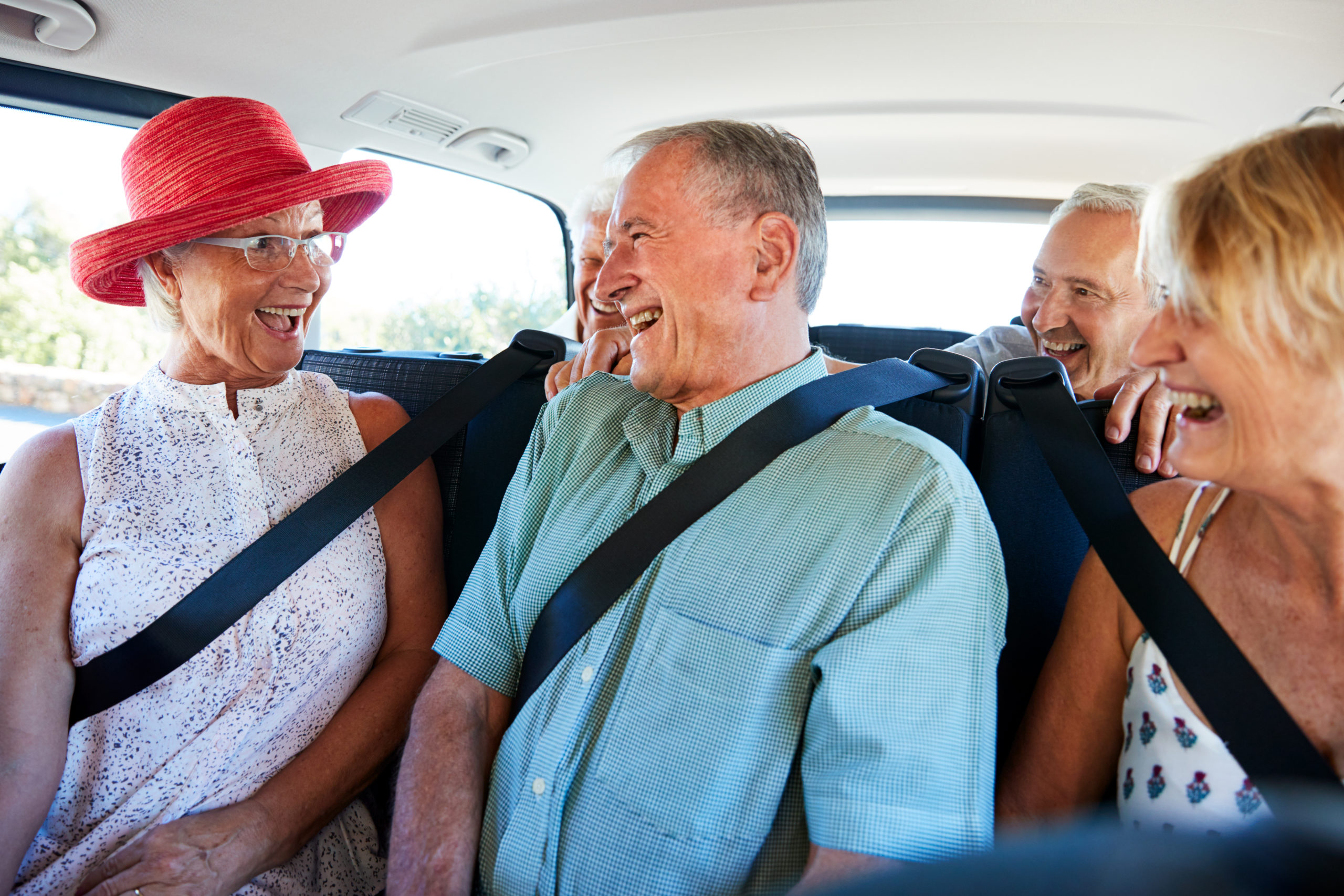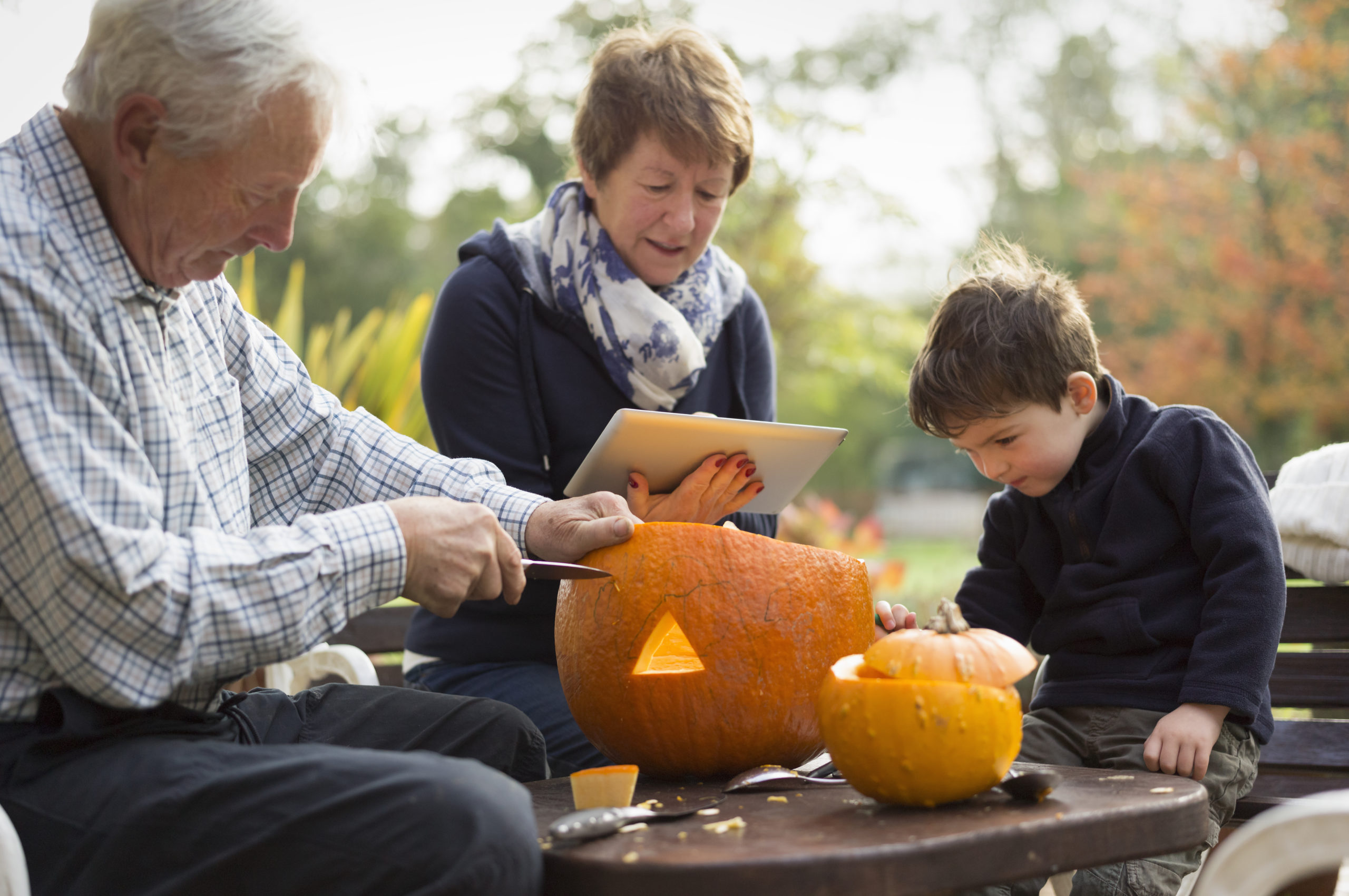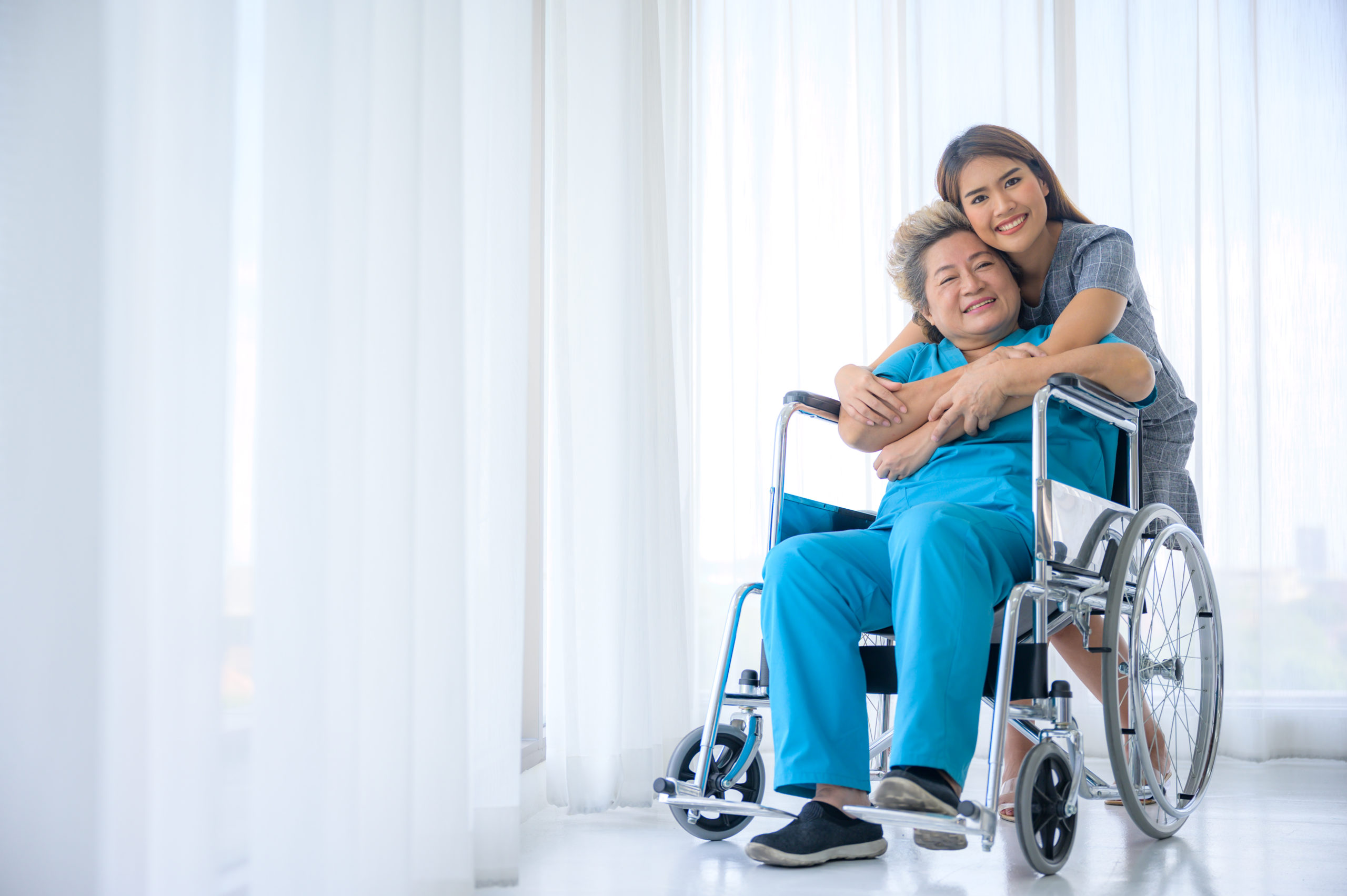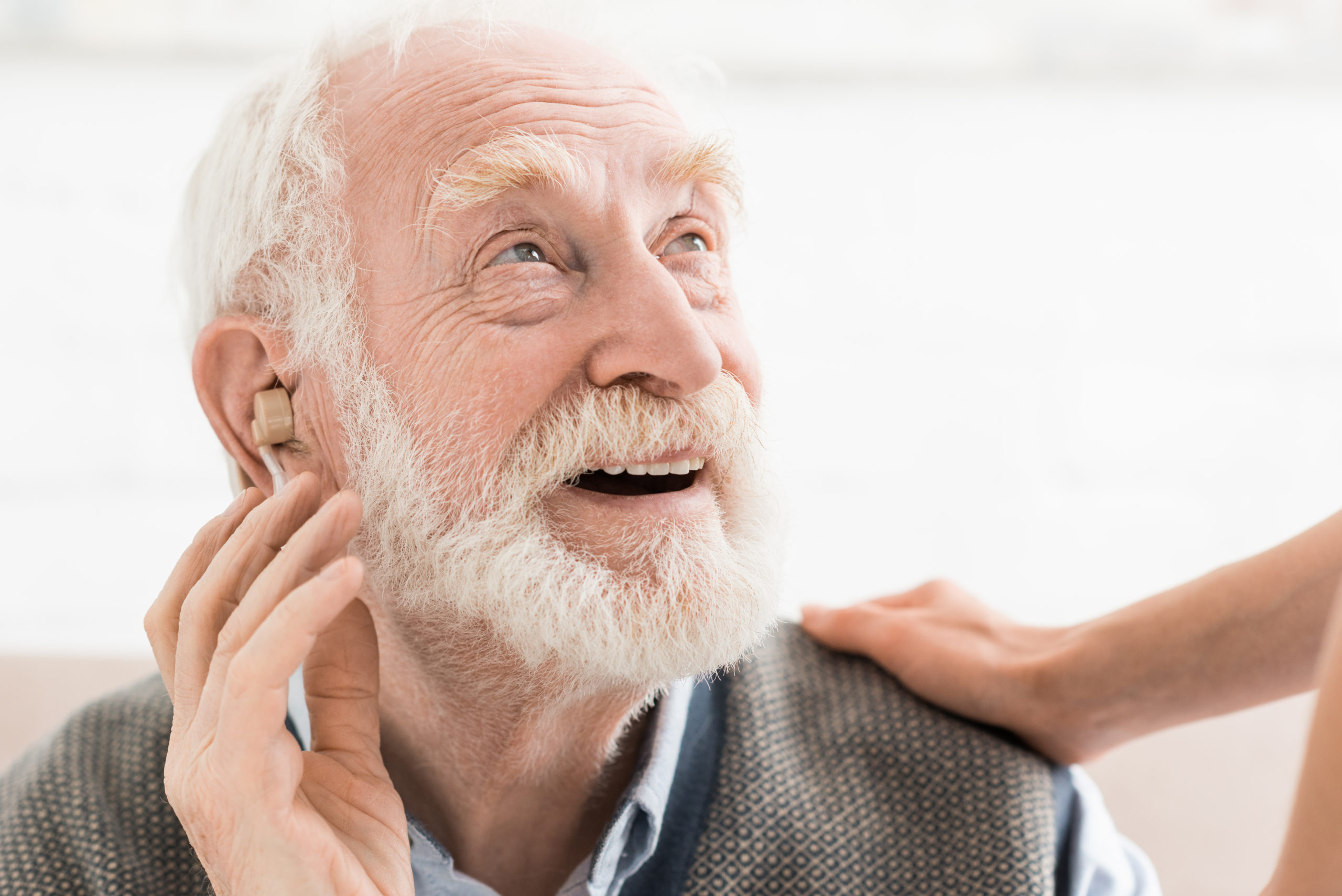Elderly Care Cornelius NC

Encourage Her to Look Ahead of Her
Many people try to watch their feet or the assistive device when they’re using one. This can cause your loved one to run into obstacles or to lose her balance, however. A much better solution is to encourage your loved one to look straight ahead of herself rather than at her feet. This gives her a better opportunity to maneuver around obstacles before she gets to them.
Remove Clutter and Obstacles
As much as you can, remove any obstacles and clutter from your loved one’s path. Cords, rugs, and other potential tripping hazards are dangerous enough when she’s not using a walker or a cane, but they can get caught up in the assistive devices and cause your loved one to fall. If your loved one is around kids or pets, you may want to pay special attention to make sure that they and your loved one don’t collide.
Keep the Walker or Cane in Good Condition
While you’re loved one uses her walker or her cane, the rubber tips and other moving parts of the devices can experience wear and tear. It’s a good idea to examine these items frequently for your love one to make sure that they’re functioning properly. When tips get worn, you can replace them. Wheels on walkers may need to have screws tightened periodically. Get help from your loved one’s doctor and elderly care providers to see what else needs to be checked on your loved one’s particular device.
Troubleshoot Problems Quickly
If your loved one is having any issues using her walker or her cane properly, make sure that you address the situation quickly. The more rapidly that you start troubleshooting the problem, the more quickly you can get your loved one back on her way safely.
Ask your loved one’s senior care providers and other family members to help you spot potential safety hazards.

